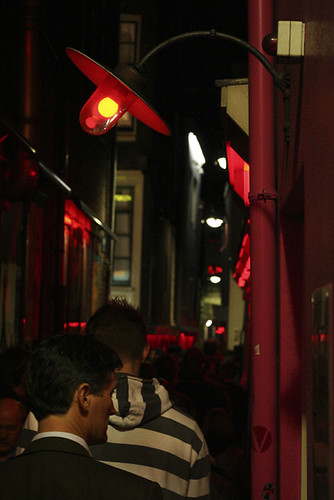The following seven essays were written regarding the creation process, a process which was initiated by the loving, personal, triune God of our universe. My aim here is neither to be entirely comprehensive, nor is it to be an expert scientist; however, an aim I do have is to direct attention to the nature of a God who is not only entirely powerful, but also wonderfully personal. Looking at the technicalities contained within creation, it is clear that science does not have to be about placing God into any sort of constrained system; rather, God seems have allowed Himself to be made known through all the empirical formulas and chemical reactions that occur within the universe - after all, He was the one to initiate them.
If you find my understanding of science to be dodgy, it probably is. Please feel free to enlighten me to a more accurate understanding of our world.
First blog post
8 years ago







 To buy "Sex + Money: A Global Search For Human Worth," please click below. The $20 cost includes the book, and shipping to your current location (within the U.S.).
PayPal is a safe and secure online payment method. Visit
To buy "Sex + Money: A Global Search For Human Worth," please click below. The $20 cost includes the book, and shipping to your current location (within the U.S.).
PayPal is a safe and secure online payment method. Visit 



